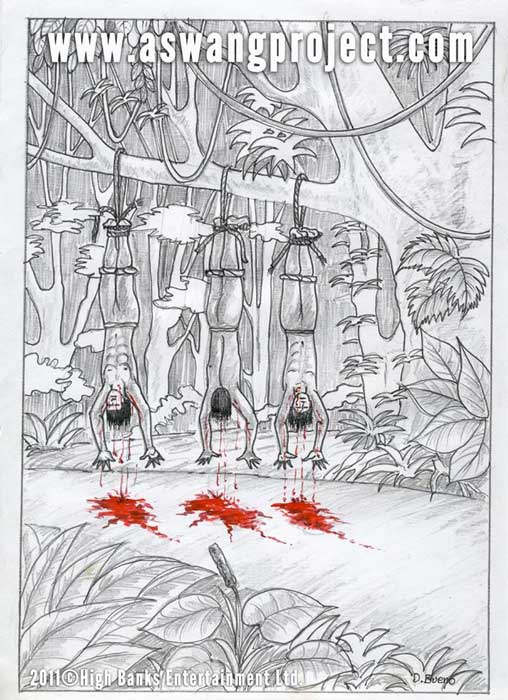“To the superstitious, the Huk battleground was a haunted place filled with ghosts and eerie creatures.”
~Air Force Brigadier General Edward G. Lansdale
The Hukbalahap Rebellion was a rebellion staged by former Hukbalahap or Hukbo ng Bayan Laban sa Hapon (Anti-Japanese Army) soldiers against the Philippine government. It started during the Japanese occupation of the Philippines in 1942 and continued during the presidency of Manuel Roxas, and ended in 1954 under the presidency of Ramon Magsaysay. Part of the reason this rebellion was able to be ended was the involvement of a famous clandestine commander, Air Force Brigadier General Edward G. Lansdale. A firm believer in the efficacy of “psychological operations” (or PSYOP, for short — the military’s term for propaganda), Lansdale was a pioneering psywarrior.
Lansdale believed that to successfully implement psychological warfare, you needed a firm understanding of the socio-cultural beliefs and myths of the target. He believed that an exploitation of these mores and beliefs would result in a successful campaign. Nowhere did Lansdale implement these tactics more ruthlessly than in the Philippines, where he served as the CIA’s chief operative during the early 1950s counterinsurgency campaign against the country’s Huk rebels.
I’ve heard stories about how Lansdale created “aswang armies”, slaughtered villagers and picked off Huk rebels through vicious attacks. You know how it goes, people love telling stories, and why not add your own spin? I decided to read Lansdale’s memoir, In the Midst of Wars: An American’s Mission to Southeast Asia, and hear his own account of these events.
Lansdale recalls, “A combat psywar squad was brought in. It planted stories among town residents of an asuang living on the hill where the Huks were based. Two nights later, after giving the stories time to make their way up to the hill camp, the psywar squad set up an ambush along the trail used by the Huks. When a Huk patrol came along the trail, the ambushers silently snatched the last man of the patrol, their move unseen in the dark night. They punctured his neck with two holes, vampire-fashion, held the body up by the heels, drained it of blood, and put the corpse back on the trail. When the Huks returned to look for the missing man and found their bloodless comrade, every member of the patrol believed that the asuang had got him and that one of them would be next if they remained on that hill. When daylight came, the whole Huk squadron moved out of the vicinity.”
I was surprised to learn that the aswang psywar event was isolated to a single operation. At that time, a Huk squadron consisted of about 100-300 soldiers. Whether the rebels were scared of the aswang, or simply didn’t want to get hung up and drained of blood by the Americans isn’t completely certain – either is a pretty spooky proposition. While this psywar tactic has become one of the most famous, it certainly was not the moment that broke the Huk Rebellion.

A more prominent, and effective, technique employed by Lansdale was the “eye of God”. Government troops would use information from counter-intelligence efforts and call out the names of Huk guerrillas over loudspeakers, urging surrender or promising a certain death. Lansdale’s “all-seeing eye” technique targeted citizens who were suspected of helping the Huks. Lansdale wrote, “The army would warn these people that they were under suspicion. In the middle of the night, a psywar team would creep into the town and paint an eye on a wall facing the house of each suspect. The mysterious presence of these malevolent eyes the next morning had a sharply sobering effect.”
While Lansdale’s aswang psywar tactic was effective in removing a Huk squadron from the mountainside, it was the combination of multiple tactics and constant pressure which wore the Huks down. By the early 50’s the Huk Rebellion numbers had declined, many of the early leaders had died, and previous supporters saw their efforts as irrelevant. By this time, the Philippine Army’s numbers had increased by 60% which saw more victories against the Huks. On May 1954, Luis Taruc (leader of the Hukbalahap between 1942 and 1950) surrendered and accepted a 15-year imprisonment.


